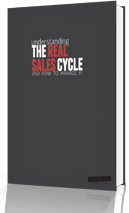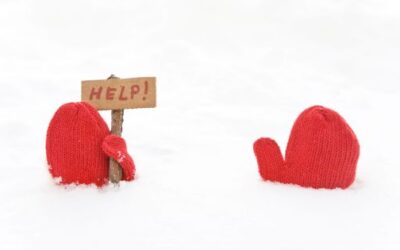What do your sales pipeline stages look like?
How many do you have?
Are they working, and does your pipeline tell you what you need to know?
If you’re like most sales organizations, your pipeline stages are average. They do just enough for you to track sales, to manage opportunities and to provide a rough forecast. But, also like most sales organizations, when it comes to crunch time, when it comes to the end of the quarter, your pipeline fails you and you’ve missed your number again. High or low, it doesn’t matter. If you miss your forecast substantially (high or low), you’re not doing your job as the sales leader and that’s because you don’t what’s happening inside your sales funnel. A big culprit of this “blurry vision” — pipeline stages that are too big.
When pipeline stages are too big, it’s hard to know what’s going on.
When is a pipeline stage too big? When too many sales yes’s need to be achieved to get to the next stage, they’re too big. When too many sales actions and efforts are required or when the stages are wildly complex, the stages are too big. When sales stages are too complex, when there is lots of activity or lots of moving parts, big sales stages become an abyss and it’s time to consider breaking them up. It’s almost impossible to accurately know what’s going on when a stage is too big and the result is an inaccurate forecast.
When a stage is too big, you don’t have the visibility needed to know where the deal actually is. It’s hard to know if it’s close to moving to the next stage or if it’s still in the beginning. The key is to avoid big stages and break them down in to more manageable stages.
Want Sales Tips Straight to Your Inbox Every Sunday? Join Our Newsletter!
A Good Pipeline Stage Size:
Start with the complexity. If there is a certain complexity in a stage such as a demo or a trial, consider making the demo or trial it’s own stage. This way you can separate the impact and data results from the trial from the effort required to get a commitment to the trial and from the review phase. The key is to make sure there aren’t too many complex sales efforts in a single stage.
Also, consider length of time. If your sales cycle is a year long, having two sales stages that can take 5- 6 months each and two stages that can be done in a few weeks will cause you problems. Deals get stuck in a stage with little visibility and because the stages are naturally long, you don’t find out they are in trouble until it’s too late.
Activity can also play a role. Like anything, the more parts that are involved, the more points of failure. Consider building sales stages that don’t require too many activities. If there is too much going on in a stage, too many activities that have to be accomplished, one trip up can slow everything to a halt, and you may have no idea what the problem is.
Make sure stages align with the buyers journey, how your buyers’ buy. The best thing you can do is to break the sales cycle down so it aligns with the most important and impacting “YES’s” required from your buyers to get the sale. Each “yes” gets you closer and it’s more manageable. (this video breaks down the next “yes” concept.)
Let me be clear. I’m not a fan of big, 10 stage pipelines. I personally prefer no more than 6, unless there is a compelling, justifiable reason. But, at the same time, a pipeline with only a few stages that allows deals to become lost or wallow for months does you and your sales people no good.
Take a look at your current pipeline stages. Are they fluid? Do you find some take longer to move out of than others? Do you know your average “time in stage” data? Is it skewed to one or two stages? It shouldn’t be. It doesn’t have to be equal, but if one or two of your stages is taking up the majority of the selling time, you have a stage problem and it’s affecting forecasting.
To improve forecasting, you need to know the flow-through rate of your opportunities from stage to stage. If one or two stages takes a long time to leave, rest assured you’re losing deals and slowing down the process.
This is the methodology I use to map sales cycles to pipeline. Check it out.





0 Comments